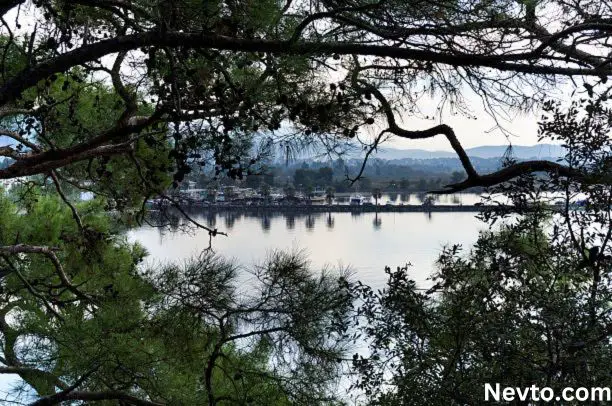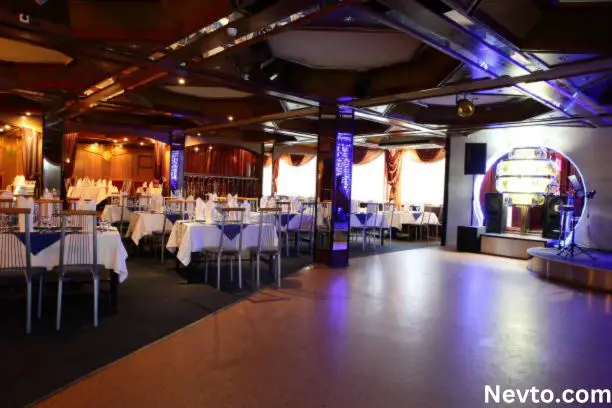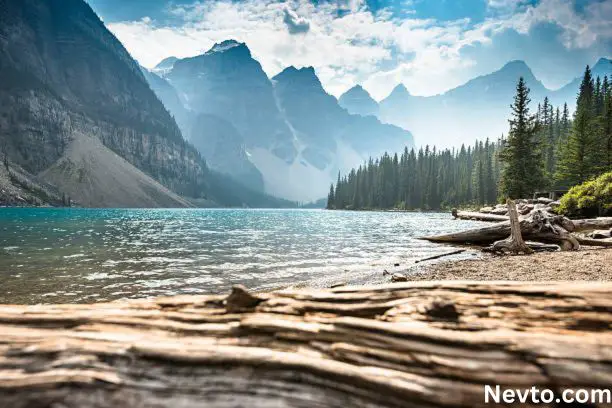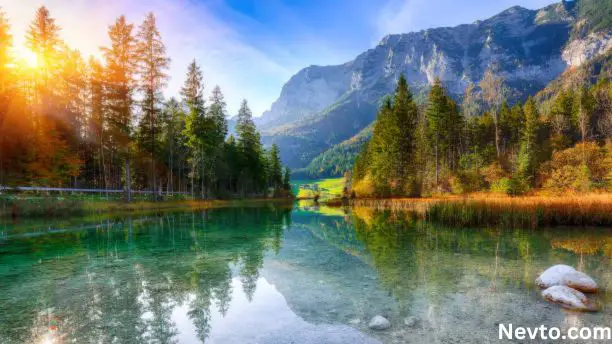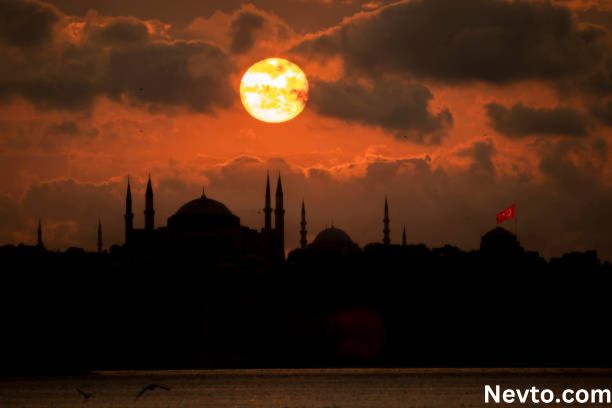Lake Haiyaha, Colorado-All About to Know
Nestled high in the mountains of Colorado’s acclaimed Rocky Mountain National Park is the scenic alpine Lake Haiyaha. Surrounded by soaring peaks and lush forests, this high-altitude lake offers a serene natural retreat as well as a variety of recreational opportunities. From hiking and camping to wildlife viewing and photography, Lake Haiyaha has much to offer outdoor enthusiasts.
Table of Contents
Direction to Lake Haiyaha
Getting There: Reaching the Trailhead
To access Lake Haiyaha, start from the popular Bear Lake Trailhead in the southeast region of Rocky Mountain National Park. This area provides access to many of the park’s most iconic lakes and is a hub of hiking activity during the summer and fall.
The trailhead sits at an elevation of 9,475 feet amidst lodge pole pine forests and wildflower-dotted meadows. Several hiking trails converge here, including the route leading to Lake Haiyaha, making Bear Lake Trailhead a convenient starting point.
The Hike to Lake Haiyaha
From Bear Lake Trailhead, embark on the moderate 1.5-mile hike to Lake Haiyaha. The trail gains over 350 feet in elevation along the way. Give yourself at least 1–2 hours for the round trip trek.
As you make your way up to the lake, enjoy sweeping views of Longs Peak, one of Colorado’s famous 14,000-foot mountains, as well as the surrounding valleys blanketed in evergreen trees. Listen for the chickadees, nuthatches, and woodpeckers that flit through the shady lodge pole pine forest.
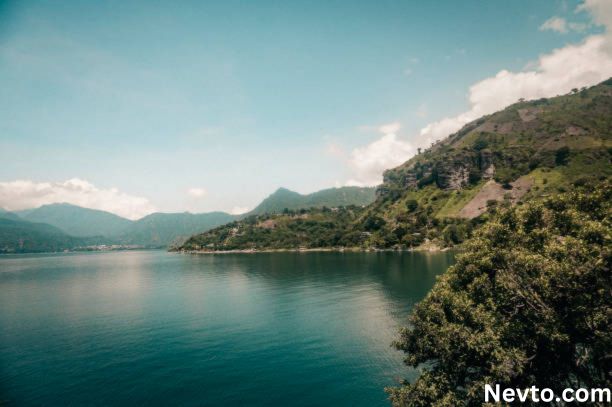
About the Lake: Facts and Features
Upon reaching the shores of Lake Haiyaha, you’ll immediately notice the striking contrast between the steely blue waters and the craggy peaks of Otis Peak and Fairchild Mountain rising steeply on either side. These rugged summits frame the lake perfectly.
Characteristics
At an elevation of 9,840 feet, Lake Haiyaha lies in a glacially-carved cirque basin overlooking the Bear Lake area and the Continental Divide beyond. While not a large lake, Haiyaha makes up for size in terms of beauty and scenic drama.
In addition to Otis and Fairchild Mountains, the rocky outcrop known as the Knob marks the north side of the lake. From many vantages, this aptly named feature reflects vibrantly in the calm waters. Along with talus slopes and stands of evergreens, these sheer cliffs surround Haiyaha, encapsulating its alpine charm. Read Al-Hamra Mosque, Fes, Morocco – All about to know
Trees and Flora
While lodge pole pines dominate the lower elevations around Lake Haiyaha, the hardy Engelmann spruce thrives near the water’s edge and up steep mountainsides at nearly 10,000 feet elevation. In summer, colorful wildflowers like columbine and paintbrush add vibrant pops of color to the landscape.
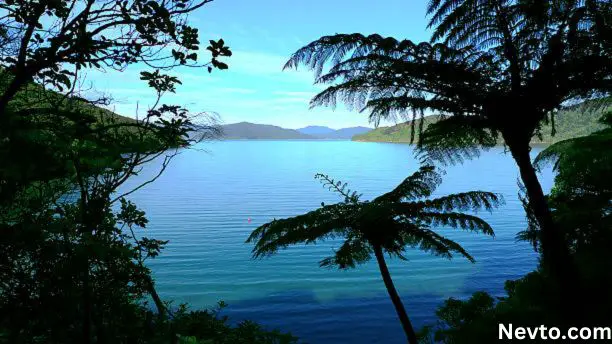
Recreation at Lake Haiyaha
When you manage to peel your eyes from the postcard-worthy scenery, Lake Haiyaha offers plenty of recreational opportunities to fill a day or two. The 1.5-mile hike makes it an accessible and popular destination.
Hiking and Camping
Day-hiking and camping top the list of activities at Haiyaha. Several campsites dot the shores, granting access to sunrise views across glittering waters backed by craggy, rugged peaks. From the Knob junction, connect to the miles of trails heading to more lakes, waterfalls, and soaring summits.
Wildlife Watching and Birding
Keep your eyes and ears open when exploring Lake Haiyaha and you might catch sight of colorful songbirds flitting through the trees or hear elk bugling across the valley. Mule deer also frequent the woods and wildflower meadows surrounding the lake. Lucky visitors might spot yellow-bellied marmots or pikas amidst the rocky slopes.
Pack some binoculars and field guides to track the variety of bird species that flock to Haiyaha. Several types of woodpeckers, along with Steller’s jays, mountain chickadees, and American pipits comprise some sightings.
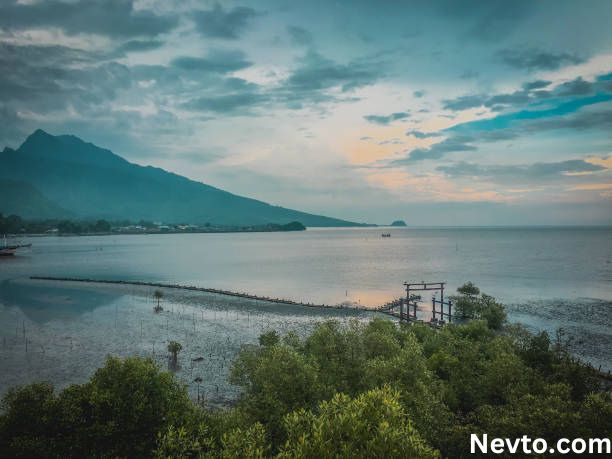
Photography
From majestic mountain vistas to tranquil lakeside scenes, Lake Haiyaha simply begs to be photographed. Wake early to capture a pastel sky and the reflections of Fairchild Mountain mirrored perfectly on the smooth water.
Or return at sunset when the Knob glows amber and the last rays of light illuminate the evergreens. When the fall colors arrive, the stands of aspens surrounding Haiyaha erupt into a sea of vibrant yellow begging to be immortalized. Read Lake Minnetonka , Minnesota – All about to know
When to Visit Lake Haiyaha?
Lake Haiyaha offers stunning beauty during every season. Crisp air and fall colors welcome visitors in September and October while wildflowers herald summer starting in July.
June through October tend to be the most popular months, though some opt for solitude on snowshoes in winter. Whenever you choose to visit, prepare accordingly with layers, proper footwear, and adequate food and water.
Spring: Accessible Snowshoeing
Once the snow starts melting in May and June, the summer crowds have yet to descend allowing for tranquil snowshoe trips to Lake Haiyaha.
Pack micros pikes for traction and watch your step on any steep icy sections. By late June, much of the Bear Lake Trail melts out for easy hiking access. Wildflowers like columbine start popping up while the aspens leaf out in vibrant new greenery.
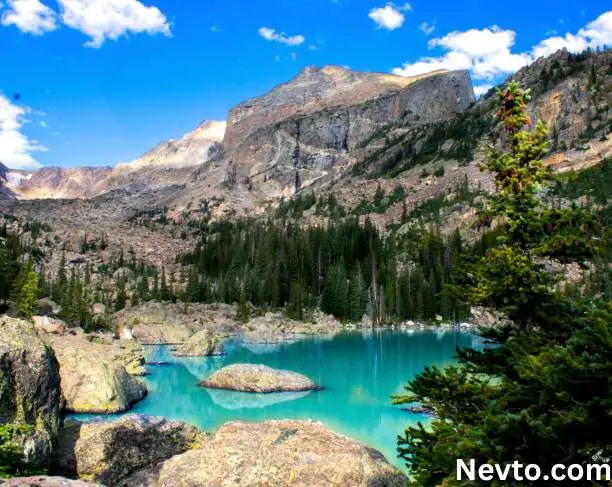
Summer: Wildflowers and Warm Weather
July and August usher in Lake Haiyaha’s peak season with wildflowers and warm weather. Daytime temperatures range from 60-80 °F, allowing for comfortable hiking.
Summer also brings a parade of colorful blooms like columbine, paintbrush, and daisies accenting the landscape in festive purples, reds, yellows, and whites. Be prepared for afternoon thunderstorms by starting early.
Fall: Blazing Colors and Crisp Air
For dazzling fall hues, visit Lake Haiyaha in September or October. The aspens blanketing the hillsides turn brilliant yellow and gold while other deciduous shrubs add shades of ruby red. Cooler temperatures in the 50-60 °F range coupled with clear blue skies make for ideal hiking weather. Don’t forget layers and traction devices once the snow starts dusting the high peaks.
Conclusion
With its pristine waters, evergreen forests, and breathtaking alpine scenery backed by iconic Colorado peaks, Lake Haiyaha shines as a Rocky Mountain gem. Each season grants unique beauty from wildflowers in summer to blazing aspens in fall.
A moderate 1.5-mile hike delivers visitors readily to the lake for hiking, camping, wildlife viewing, and photography. For those craving magnificent mountain scenery without extensive effort, Lake Haiyaha certainly rewards. Add it to your Rocky Mountain National Park must-see list. Read Hogan Park at Highlands Creek- All about to know
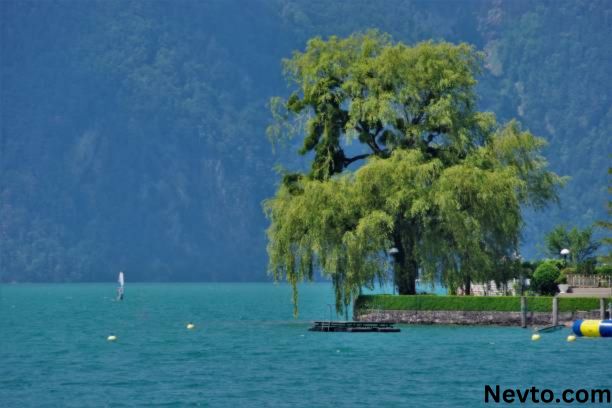
FAQ’s
Is there an entry fee for Rocky Mountain National Park?
Yes, there is a $30 vehicle entrance fee to drive into Rocky Mountain National Park as well as reduced rates for motorcycles, bicycles, and pedestrians.
What is the total elevation gain on the hike to Lake Haiyaha?
The total elevation gain to Lake Haiyaha from Bear Lake Trailhead is approximately 350 feet. The 1.5 mile hike is considered relatively moderate.
When does Bear Lake Road open each year?
Bear Lake Road opening dates vary each year depending on snowfall and melting conditions. It generally opens sometime between May and mid-June. Shuttle buses typically run mid-June through early October.
Is camping permitted near Lake Haiyaha?
Yes, designated backcountry campsites are located around Lake Haiyaha. Permits are required for all backcountry camping in Rocky Mountain National Park.
What types of fish can be found in Lake Haiyaha?
Lake Haiyaha is known for its trout including cutthroat, brown, brook, and rainbow trout. Catch and release fishing is permitted with proper Colorado state licenses.

